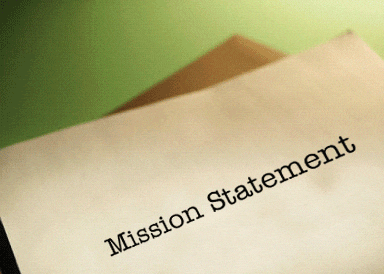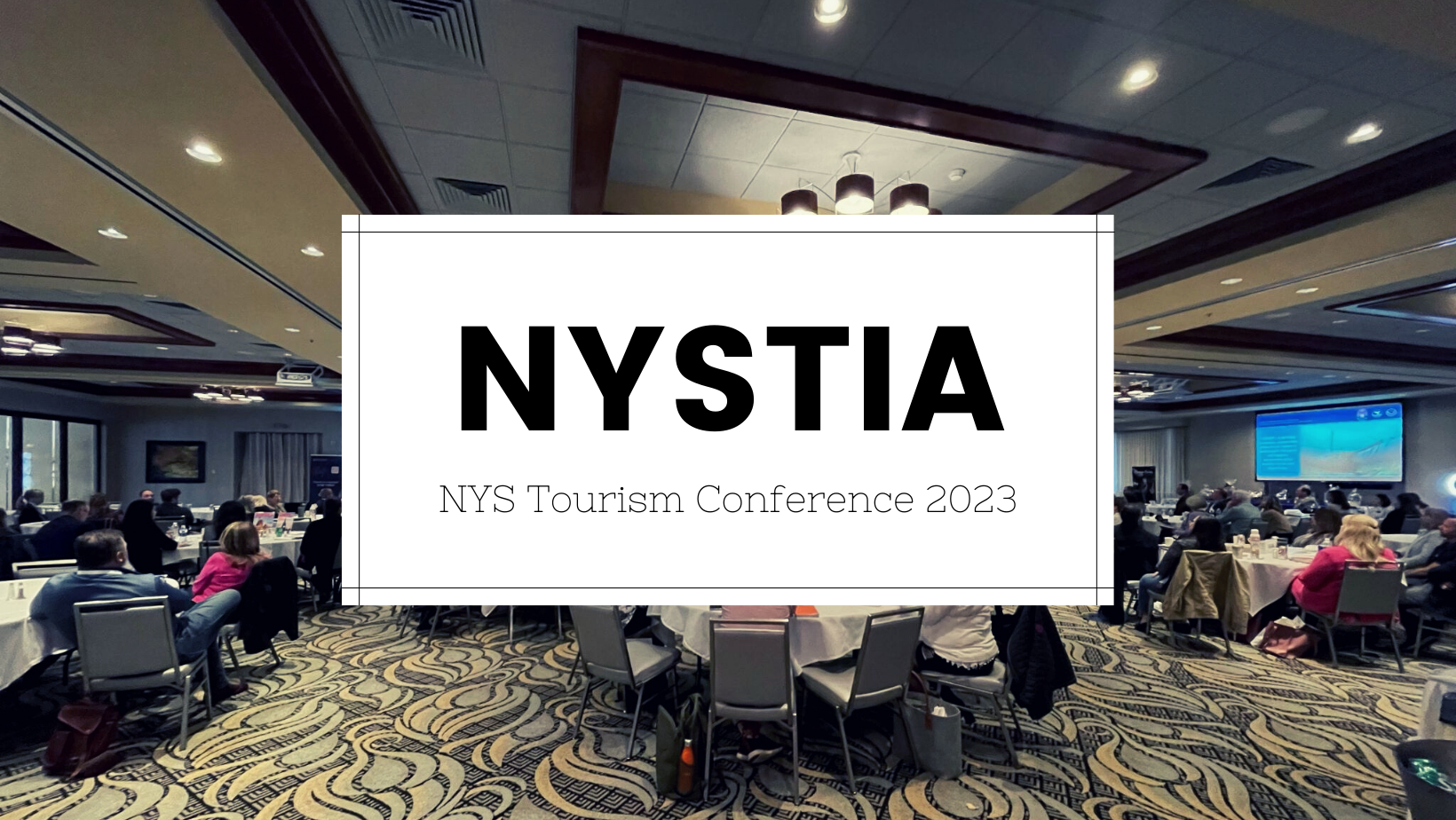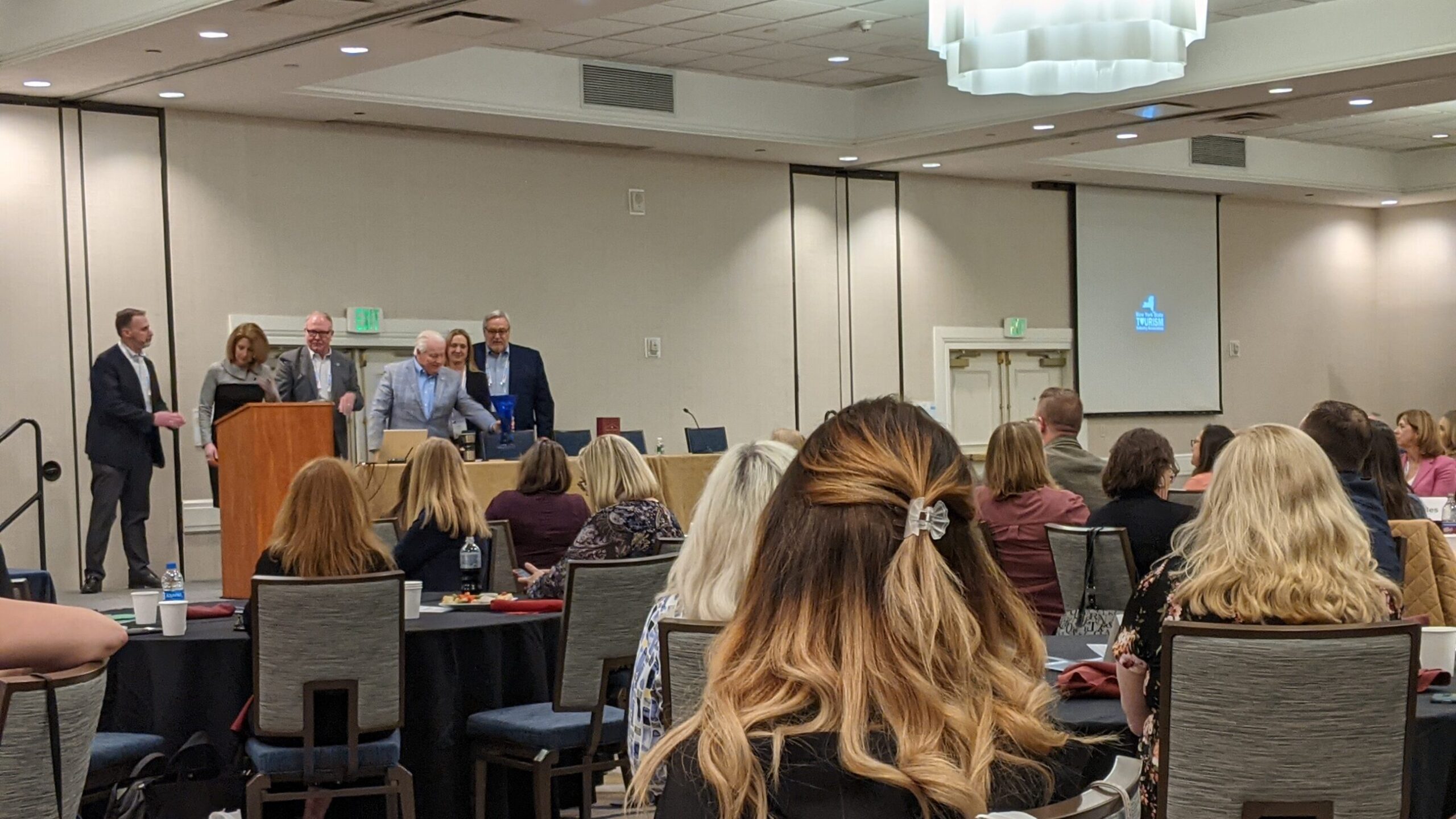How to Stay True to Your Mission During times of Great Change.

 What’s a mission statement? Do you have one? Have you looked at it lately?
What’s a mission statement? Do you have one? Have you looked at it lately?
If your Mission Statement was correctly developed, it should outline the fundamental purpose of your destination and what need(s) it fulfills. At its core, a mission statement clarifies why your business exists to your employees, customers, and the community at large. This is true regardless of whether you are a hotel, restaurant, park, historic site, family attraction, or an entire county, state, or region. It has to be specific enough to be relevant, but flexible enough to adapt in the face of changing technology, customer behavior, or external influences.
The truth is, the travel industry continues to face mounting pressures to improve productivity, reduce costs and increase the bottom line, all while delivering superior service and the optimal traveler experience. Now, more than ever, staying true to your mission means being adaptable, and able to innovate and transform how you do business and serve travelers.
A mission statement provides a framework for branding, marketing, and new product development. With external factors at play, however, it’s not always easy to make decisions in these areas that stay true to your mission. You may be influenced by what your competitors are doing, emerging trends, and economic forecasts.
Let’s look at just a few recent trends and what they mean for you:
- These days, everyone is looking for truly authentic experiences and getting to know the local society and culture of the destination they are visiting. How can you help them do that? Showcase real stories. Rather than describing what visitors can do and see at your destination, help visitors describe and share their experiences, and pass on their best stories and recommendations. Create an on-going relationship with your travelers so you become a trusted source of information.
- Booking behaviors are changing dramatically. People are booking closer and closer to their arrival date, which means you have to change your marketing efforts, and be present on the platforms where the visitors are, and that’s 24/7. Be prepared to produce a large quantity of images and video and information to meet their demands.
- Devise new, creative ways to add value for customers. Determining and offering the right travel experience first starts with understanding the traveler and then ultimately delivering on their expectations. Sometimes being innovative requires leveraging traditional techniques. With the shift in Facebook’s algorithm, you can no longer just post something and hope that it spreads out based on your following. Using grassroot initiatives, such as free outdoor fitness classes in parks, may do more to spread the word than free social campaigns on Facebook.
- New technology is playing a key role in helping define and differentiate value in the eyes of the consumer. Travelers expect every greater control within their travel experience, but delivered with a personal touch. Technology solutions should enable you to carry out your mission and meet business goals while helping deliver outstanding travel experiences, giving your guests the capability of leveraging all of the technology that they’re traveling with, effortlessly.




